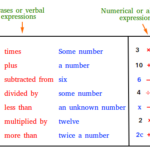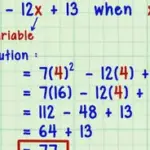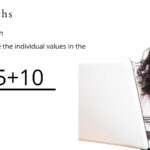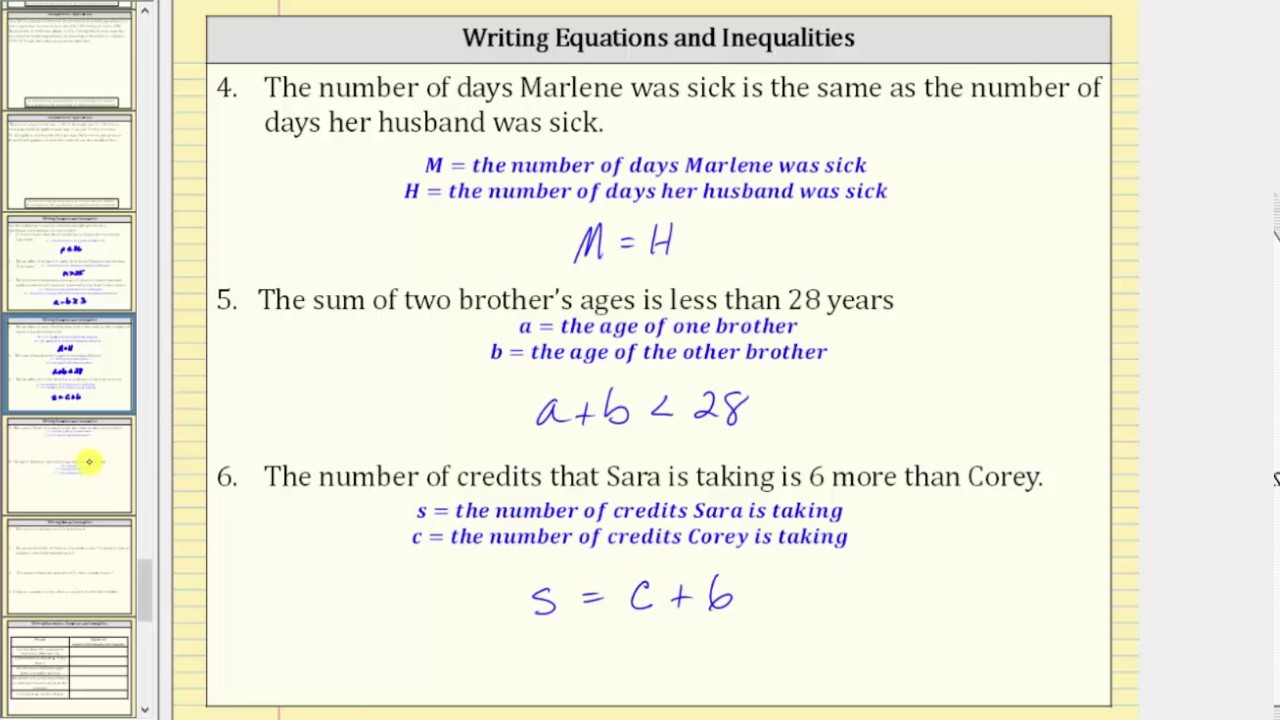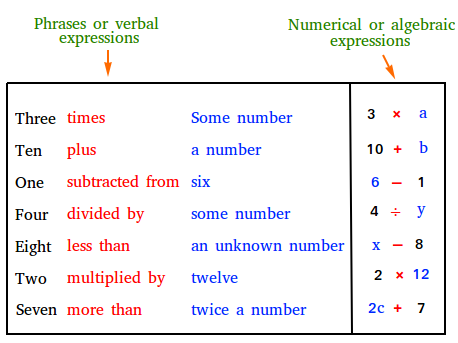Can negative numbers be prime ? In the realm of mathematics, prime numbers hold a special place. They are the building blocks of the integer universe, indivisible entities that can only be divided by themselves and .As we delve deeper into the world of primes, a fascinating question of whether negative numbers can be prime numbers. Let’s embark on a journey to unravel this enigma.
Learnerscamp is a dedicated platform designed to assist learners in comprehensively understanding the concept of prime numbers .Through practical questions and clear explanations, Learnerscamp provides the essential resources to help you grasp the fundamentals of what prime numbers are.
The Essence of Primes
Before delving into the intricacies of negative primes, let’s revisit what primes are. A prime number is a natural number greater than 1 that has no positive divisors other than 1 and itself. Examples include 2, 3, 5, 7, and so on. They are the atoms of arithmetic, fundamental and unbreakable.
Positive Primes: The Standard
In our conventional understanding, primes are typically positive integers. They stand alone, unperturbed by negativity. When we think of primes, we often conjure images of positive integers, neatly lined up on the number line. But is this the full extent of their domain?
Exploring Negative Primes
The concept of negative primes challenges our intuition. Can a number less than zero also be prime? At first glance, it might seem absurd. After all, negativity brings with it a whole new set of rules and complexities. But let’s not dismiss this possibility too quickly.
The Case for Negative Primes
Surprisingly, negative primes do exist, albeit in a more abstract sense. Consider the number -2. It meets the criteria of primality; it is divisible only by 1 and itself, namely -1 and -2. Similarly, -3, -5, -7, and so forth, all fit the bill of being prime numbers.
A Visual Representation
To illustrate this concept visually, let’s turn to a number line diagram. In this diagram, we see both positive and negative integers represented. Along the number line, we mark the primes with distinct colors, highlighting their significance.

In this diagram, you’ll notice prime numbers extending in both directions from zero. Positive primes extend to the right, while negative primes extend to the left. This visualization underscores the notion that primes transcend the constraints of positivity.
Implications and Applications
The existence of negative primes opens up intriguing possibilities in mathematics and beyond. They challenge our preconceptions and expand our understanding of number theory. Moreover, they find applications in various fields, including cryptography and computer science.
Conclusion
In conclusion, while negative primes may seem counterintuitive at first, they are a legitimate aspect of number theory. They possess the essential characteristics of primes and play a unique role in the mathematical landscape. As we continue to explore the mysteries of numbers, let’s keep an open mind and embrace the diversity of mathematical phenomena, whether positive or negative.
In the grand tapestry of mathematics, every number has its place, including the enigmatic negative primes.



